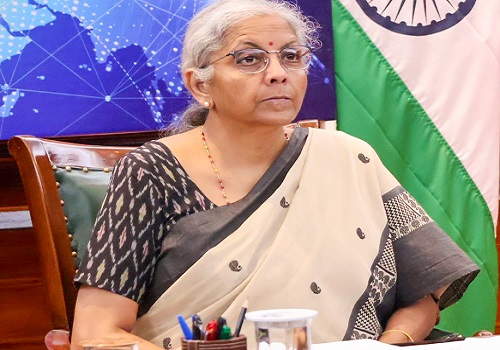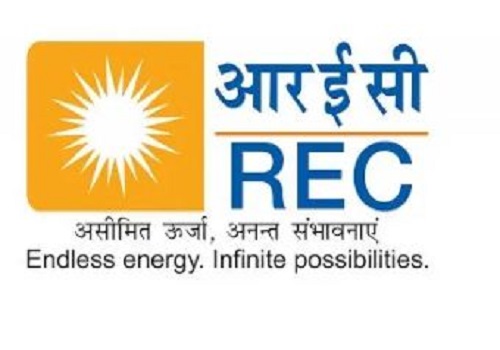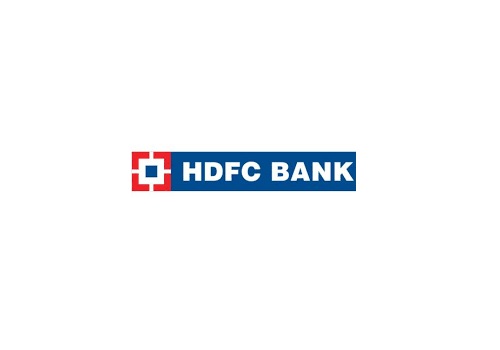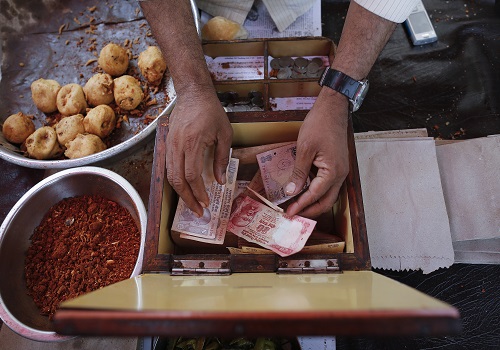Finance Minister Nirmala Sitharaman tells bank chiefs to step up growth rate of deposits

Finance Minister Nirmala Sitharaman, at a review meeting held on Monday, asked the chiefs of public sector banks to accelerate the growth rate of their deposits to match the quicker pace at which the credit is growing.
The growth rate of deposits is 3 to 4 per cent slower than the pace at which credit is growing in recent months which is seen as posing a risk of asset-liability mismatch in the banking system.
According to sources, the Finance Minister reviewed the financial performance of banks and progress made in the implementation of various social welfare schemes of the government such as the PM Vishwakarma Yojana, PM Awas Yojana, PM Surya Ghar Muft Bijli Yojana.
FM Sitharaman also took stock of the status of non-performing assets of the banks and the efforts made in the recovery process.
The Finance Minister is keen that banks raise more deposits from the public and step up lending for government schemes announced in Budget 2024-25.
Addressing the media after a post-budget meeting with the RBI’s Central Board of Directors earlier this month, the Finance Minister said that banks must focus on the core business of raising deposits and lending.
She pointed out that the RBI has given enough liberty to banks on fixing interest rates and they should come out with innovative portfolios to attract deposits so that more funds are available for lending to spur economic growth and create more jobs.
She said while investors were increasingly turning to the stock markets, banks also needed to come up with schemes to attract more deposits.
The finance minister further stated that instead of focusing only on big deposits, banks with their vast network of branches must focus on raising smaller deposits which come in “trickles” but are the “bread and butter” of the banking system.
























